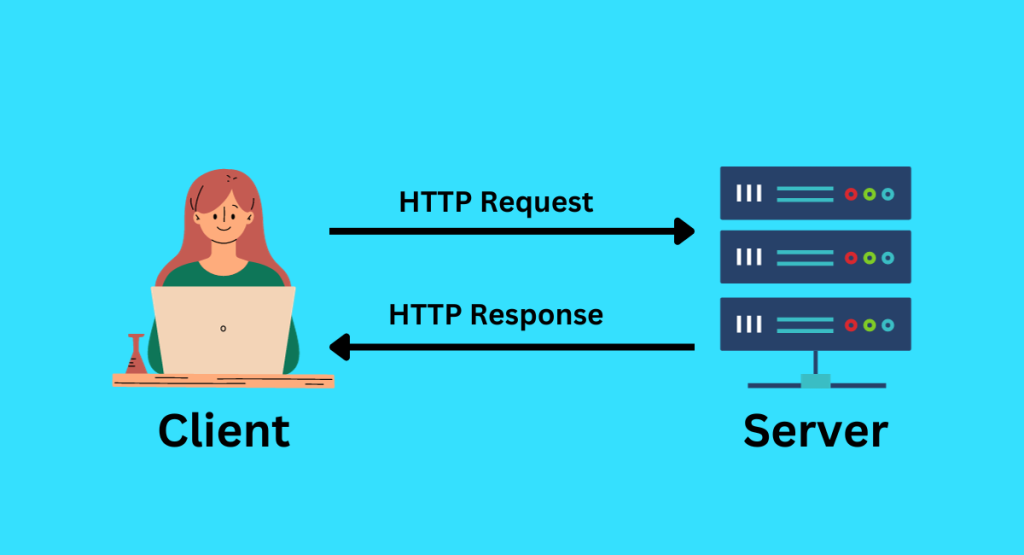Introduction:
In today’s era, a website has to load within 1 second to fit in with the rest of the internet. The speed at which your website loads not only affects its search engine ranking but is also a critical factor in user satisfaction. As attention spans diminish in the digital age, users expect instantaneous access to information. A slow-loading website not only frustrates visitors but can also lead to a significant drop in conversion rates. Read the importance of a fast-loading website here.
In this fast-paced online landscape, where every second counts, optimizing your website’s performance becomes paramount. This blog post will delve into tips to speed up your website. So, buckle up as we explore the need for speed in the digital world and uncover the secrets to ensure your website not only keeps up but leaves a lasting impression.
Choose a Performance-Optimized Hosting Solution
Web hosting significantly influences the speed and performance of your website, serving as the infrastructure that determines how quickly users can access your content. Here’s a list of the top 9 best web hosting companies in South Africa.

When choosing a web hosting company, you need to consider the following:
- Server Location: Opt for a hosting provider with server locations strategically placed to minimize data travel time and improve response speed.
- Adequate Server Resources: Ensure your hosting plan offers sufficient bandwidth, storage, and processing power to meet the demands of your website.
- Uptime Guarantees Reliability: Select a hosting provider that provides a high uptime guarantee, reducing instances of your website being inaccessible.
- Responsive Customer Support: Prioritize hosting providers with responsive customer support, essential for promptly addressing any speed-related issues.
- Scalability for Growth: Choose a hosting plan that allows for seamless scalability as your website expands, maintaining optimal speed and performance.
Image Optimization
While images should look appealing on a website, they should also be lightweight and optimized to ensure a seamless user experience. Let’s delve into the crucial aspects of image optimization:
Reduce the weight of your images
Capturing images in high resolution is common for quality visuals, but it often results in larger file sizes that can impede website loading times. To ensure a speedier website load, it’s important to compress these images without compromising quality. This practice involves reducing file sizes to more efficient levels, striking a balance between visual clarity and optimal loading times. By implementing image compression, you maintain image quality while significantly improving the overall performance of your website.
Convert Images to WebP
WebP is a modern image format developed by Google, designed to enhance web performance by offering superior compression and image quality. Unlike traditional formats like JPEG and PNG, WebP employs both lossless and lossy compression, making it a versatile solution for optimizing images.
Limit the Number of HTTP Requests
Many websites request browsers to make multiple HTTP requests for a variety of page assets such as images, scripts, and CSS files. In reality, the majority of websites demand all kinds of requests of this nature, each travelling to and from the hosting server. This process has an impact on how fast your website will load to the end user.
To make sure your website doesn’t take too long to load, it’s important to limit your HTTP requests. It’s like making a shopping list – the shorter it is, the quicker you can get what you need. We use a speed test to determine which HTTP requests are making your website slow.

Use Efficient Caching Policies
Using efficient caching policies is one of the greater keys to improving your website’s loading speed. A cache stores a copy of your website files, minimizing the number of requests the server needs to handle in order to showcase your website to the end user. Caching your web pages can help with lowering Time to First Byte (TTFB), by requiring the server to use fewer resources to load a page.
A great tool to implement efficient caching is by using LiteSpeed technology. It enables the user to customize various caching policies including browser HTTP caching. This then stores a copy of your website files in the user’s browser for efficient loading performance. Read this article about Serving static assets with an efficient caching policy.
Remove Unnecessary Render-Blocking JavaScript
Getting rid of unnecessary render-blocking JavaScript is a smart move to speed up your website. When your browser loads a webpage, it often comes across JavaScript code that can slow down how fast the page appears. These pieces of code are like roadblocks for your browser – they stop it from showing your webpage until they’re done. To make things faster, we aim to remove or optimize these render-blocking scripts to show ‘more important’ content first and then load the JavaScript code. This then allows your webpage to load quickly and smoothly.
Try Not to Use External Scripts
Try to avoid external scripts at all times to enhance your website’s speed and performance. External scripts are pieces of code that come from sources outside your website, like third-party plugins or widgets. While these scripts can add functionality, they often come with a downside – they can significantly slow down your webpage. When your browser loads a page with external scripts, it has to fetch these codes from other servers, adding extra time to the loading process.
Alternatively, download the required assets and add them to your website files allowing your website to fetch assets locally and not depend on other servers.
Tip: Read this article on how to efficiently load third-party scripts.
Minify CSS and JavaScript Files
Minifying CSS and JavaScript files is a standard practice for optimizing your website’s speed and improving user experience. When you create a website, you use CSS and JavaScript to style and add functionality.
However, these files often contain unnecessary spaces, line breaks, and comments that, while helpful for developers, aren’t needed for the browser to interpret the code. Minification involves removing these redundant elements, resulting in smaller file sizes that load more quickly.
Reduce Your Redirects
Excessive redirects on your website can significantly impact its loading speed as new assets need to be loaded again. Each time a page redirects to another location, it extends the process of requesting and responding to HTTP.
While there are situations where redirects are essential, such as during a domain transition, eliminating unnecessary redirects can improve your page’s loading times.
Use a Content Delivery Network (CDN)
A Content Delivery Network (CDN) is like having multiple copies of your website stored in different places worldwide. Imagine your website is a popular book, and instead of everyone going to the main library to read it, there are copies in various neighbourhood libraries. This way, people can get the book faster because they’re closer to a local library.
The same goes with your website, when someone wants to see your site, they can get it faster from a nearby server. Now, by using a CDN, such as Cloudflare, you can make your website load faster for people everywhere.
Keep Your Plugins to a Minimum
Not all plugins are created with the mindset of efficient loading performance. Hence it’s important to be selective over the plugins that you choose. It’s recommended to do research and compare two similar plugins and see which one outweighs the other.
For instance, it’s statistically proven that Breakdance website builder offers far better website performance and functionality than Elementor does.
If your website has plugins installed, but not enabled, it’s always better to remove from from your back end as they can still contribute to larger file sizes.
Conclusion:
Optimizing your website’s speed is not just a technical consideration but a fundamental aspect of delivering an excellent user experience. By implementing the suggested strategies, you pave the way for faster loading times, improved user satisfaction, and even enhanced search engine rankings.
If you haven’t read our article about The Importance Of A Fast Loading Website, then we would highly recommend you take a look at it.
(Image credits:Image by blossomstar on Freepik)





